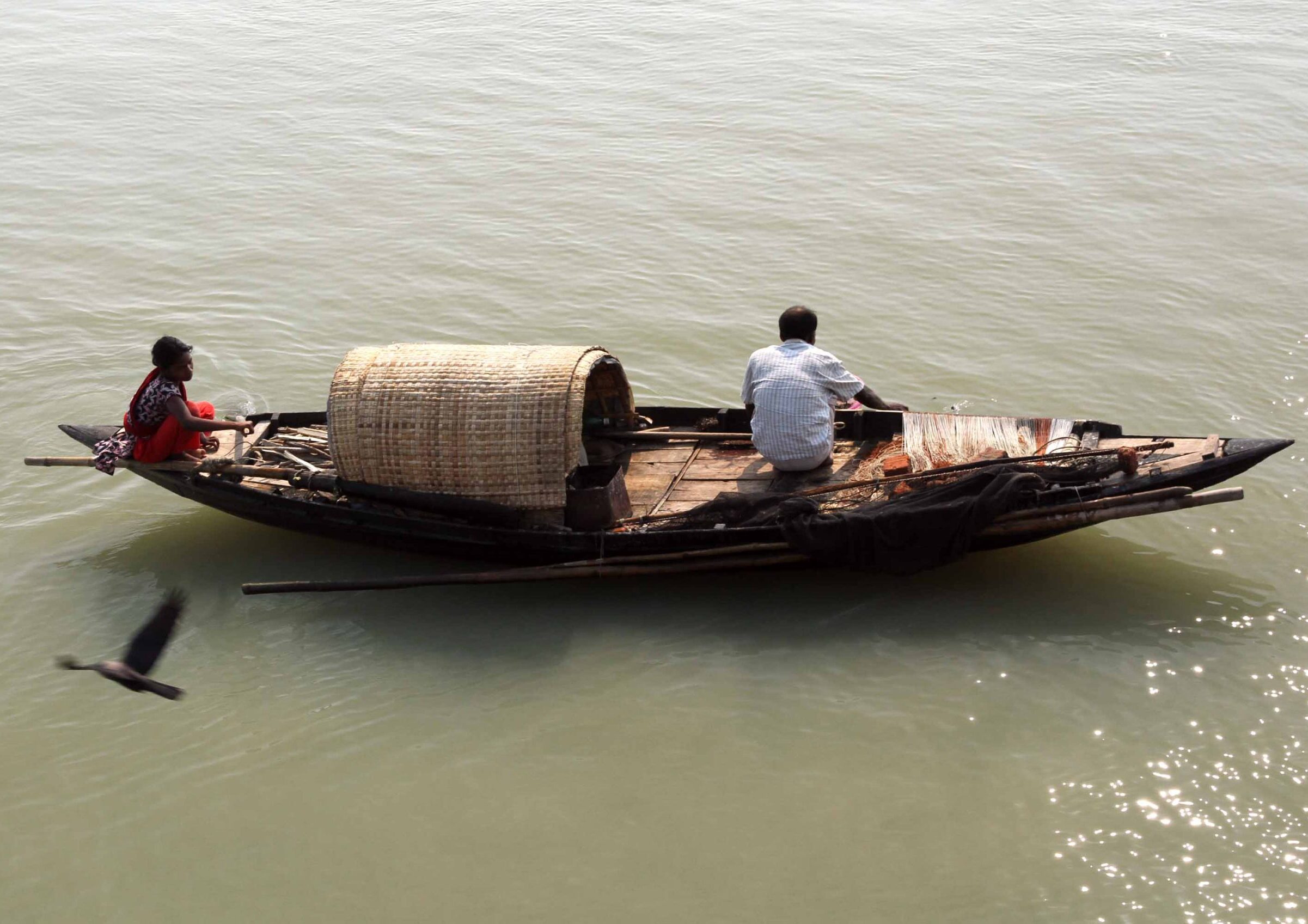
President Zia of Bangladesh was brutally assassinated on 30 May 1981 by members of his military.
Not many people in Bangladesh knew much about President Zia before he started to take control of the country in November 1975. At first, he was the deputy chief martial law administrator, then became the chief martial law administrator in 1976 and finally established himself as the president in 1977. But he was quite well known within the army and certain sections of our society as his fighting prowess and achievements in the 1965 Indo-Pak War and his declaration of independence in 1971, on behalf of Sheikh Mujib, won him high praise and recognition.
Zia became the effective leader of Bangladesh at the end of 1975 when the country was in a state of absolute turmoil and hopelessness, caused by the 1971 War of Liberation destruction, the post-liberation period’s poor governance and lawlessness, 1974 flood and 1975 massive famine, and the leadership’s move towards establishing a one-party communist-style political system.
The country was massively divided and experiencing increasing conflicts within. It was also massively interfered with by outside forces. Within the country, there was no consensus about which way we should proceed – whether to adopt a socialist or a capitalist system. And who we were: was our cultural identity Bengali that othered and denigrated Islamic and Muslim influences or was it Islamic that described and tried to exclude the 19th century British/Bengali Hindu synthesis and many local customs as Hindu culture? These were very serious unresolved issues and, added to that, there was poor and confused governance, resulting in lawlessness, famine and increasing corruption and criminality.
Zia’s rise to power and consolidation took place on the backdrop of the brutal murder of Sheikh Mujib, the then leader of Bangladesh, with many members of his family, on 15 August 1975 by some freedom fighters of the 1971 Liberation War. An inter-army conflict followed for a few months until November of that year. During that time, many high-ranking army officers who fought in the Bangladesh Liberation War also got killed. The inter-army conflict continued for about five more years before the president was himself brutally killed by some members of the Bangladesh armed forces on 30 May 1981, exactly forty years ago. President Zia’s killers were, in turn, hunted down and killed by some of their own colleagues in the armed forces.
I distinctly remember hearing the news of Zia’s assassination early in the morning on 30 May 1981 in London and banging my head on my bedroom wall, feeling hopeless and worried about what might happen to our country after several years of making steady progress.
During Zia’s period of rule, from the end of 1975 to 30 May 1981, he restored stability, brought economic progress, initiated processes that created conditions for development and normalisation. He also tried to resolve the Bengali versus Islam identity issues/conflicts – by combining both, which was the truth and the reality on the ground. He laid the foundation for its eventual resolution by creating our Bangladeshi identity.
Zia was smart, brave, empathetic and an effective communicator. He was a strategic thinker, very creative, a good administrator, highly practical and a decent human being.
If you look at things with objectivity, you will see that much of the economic developments that have taken place in Bangladesh and are taking place is due to the legacy of president Zia, the results of what he initiated and planted and the ideas and frameworks that he developed and got deeply embedded.
A sea of people, reported by western media in terms of millions, attended the funeral of President Zia. At that time, people saw what Zia did and achieved for the country and they were shocked at his assassination. They came out to show their grief and love for the man who saved Bangladesh when the country was going down the drain.
